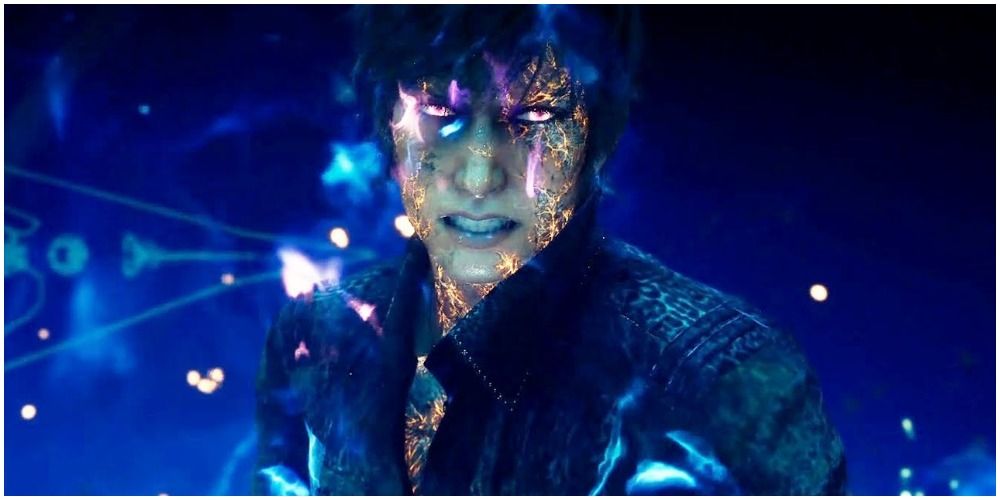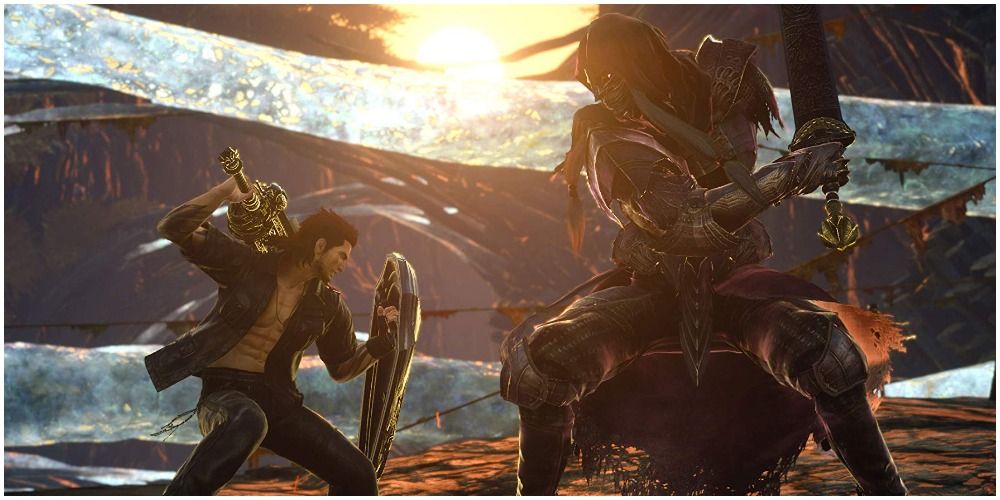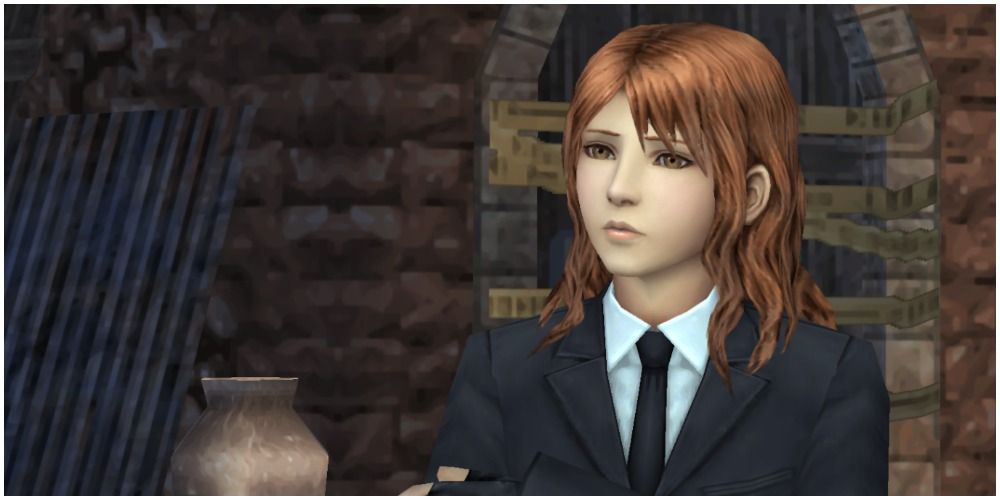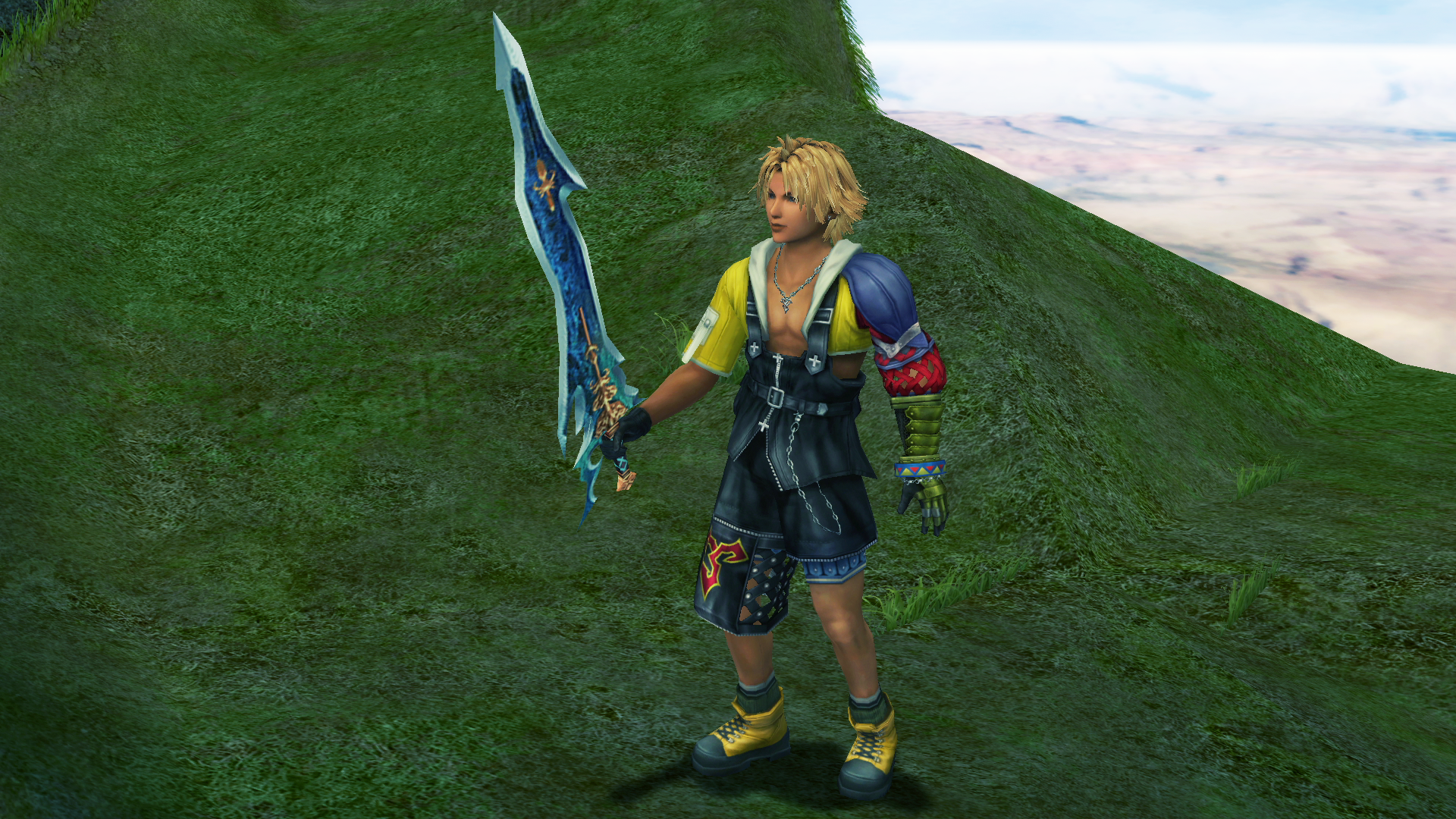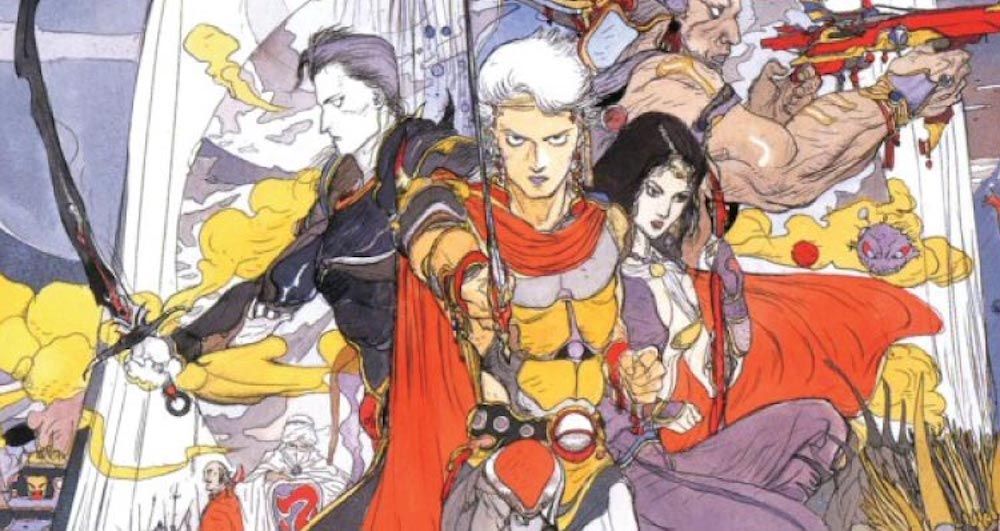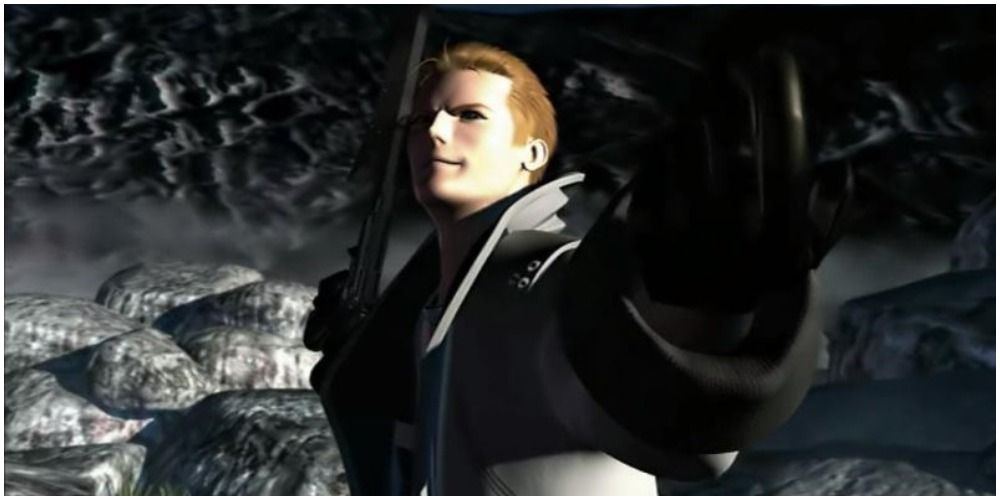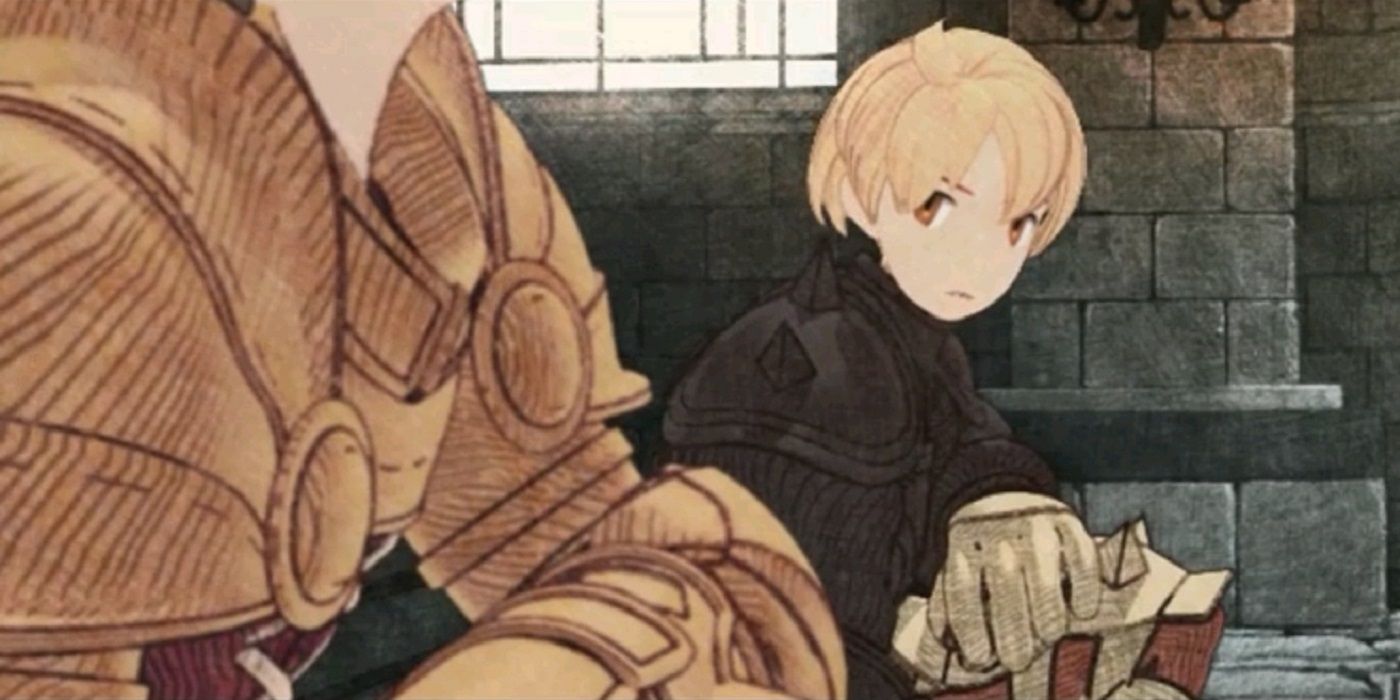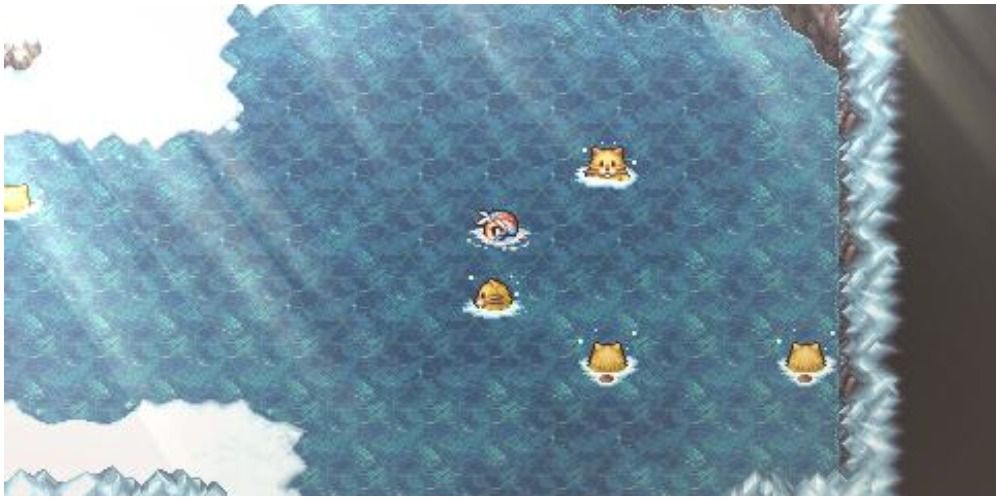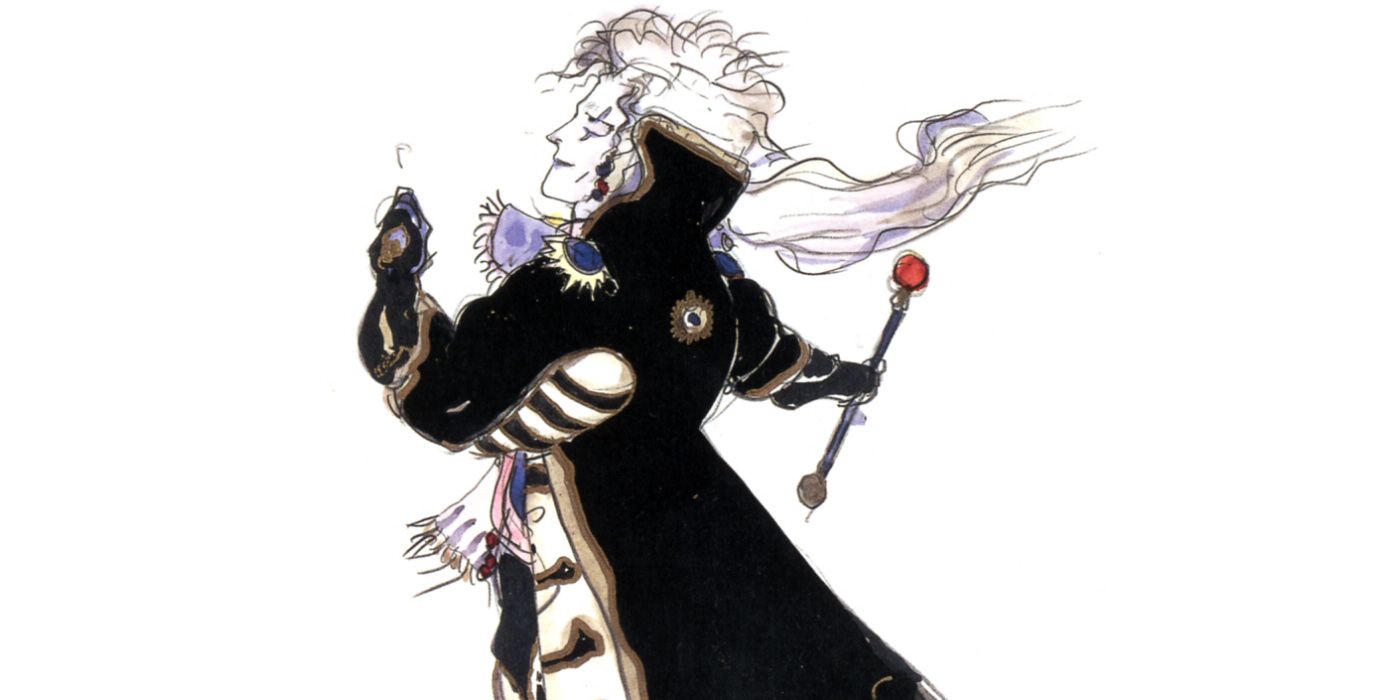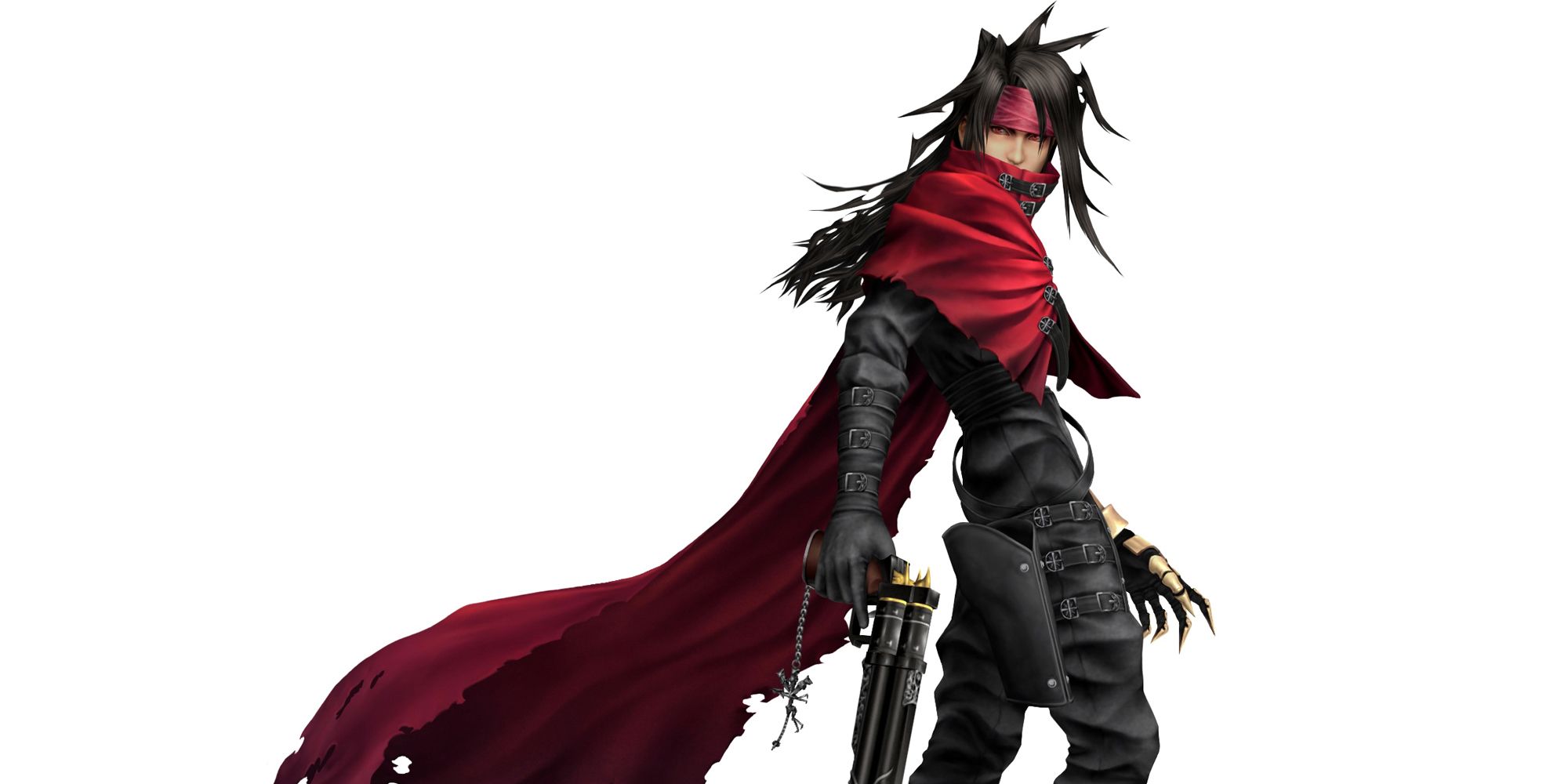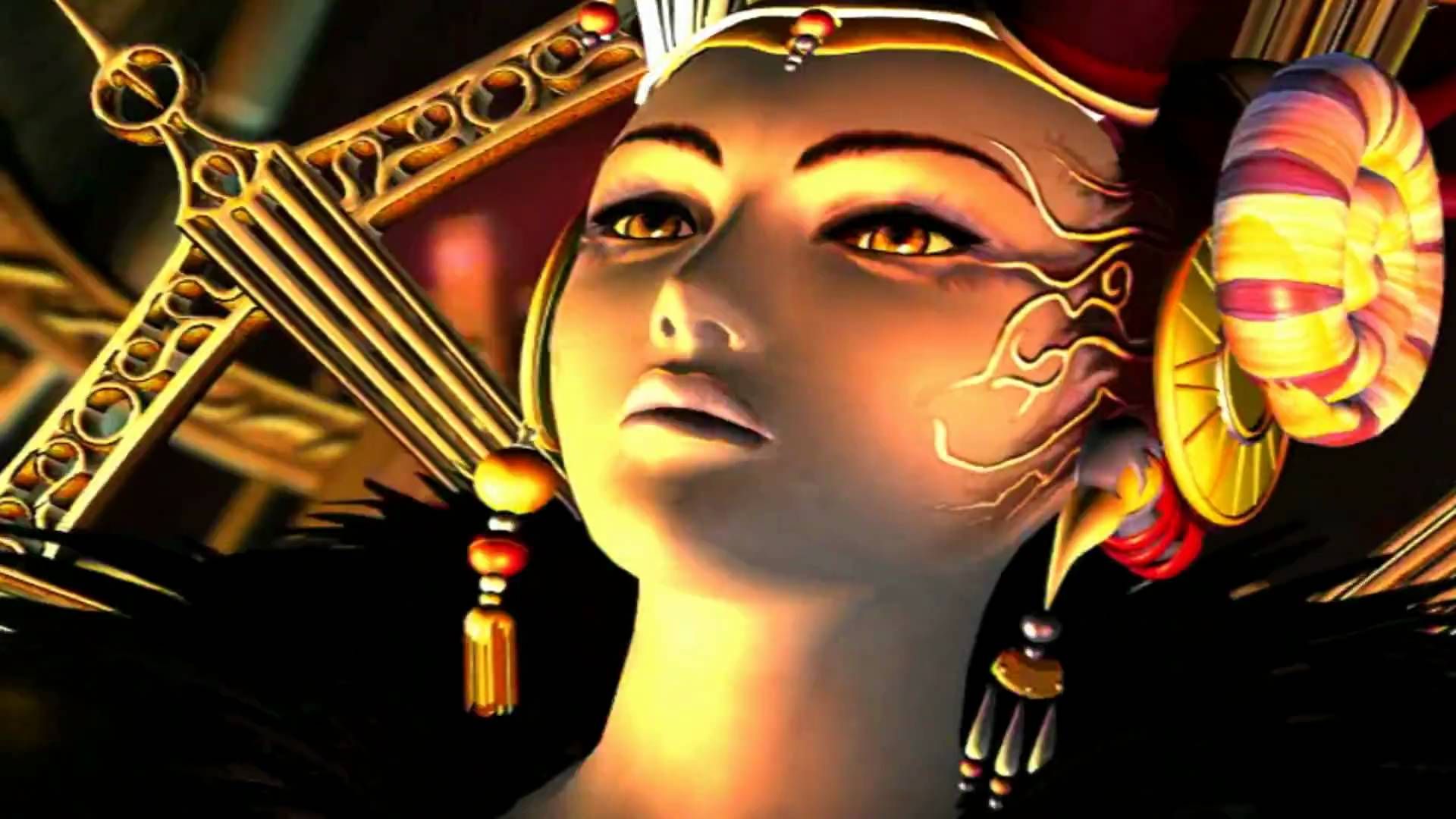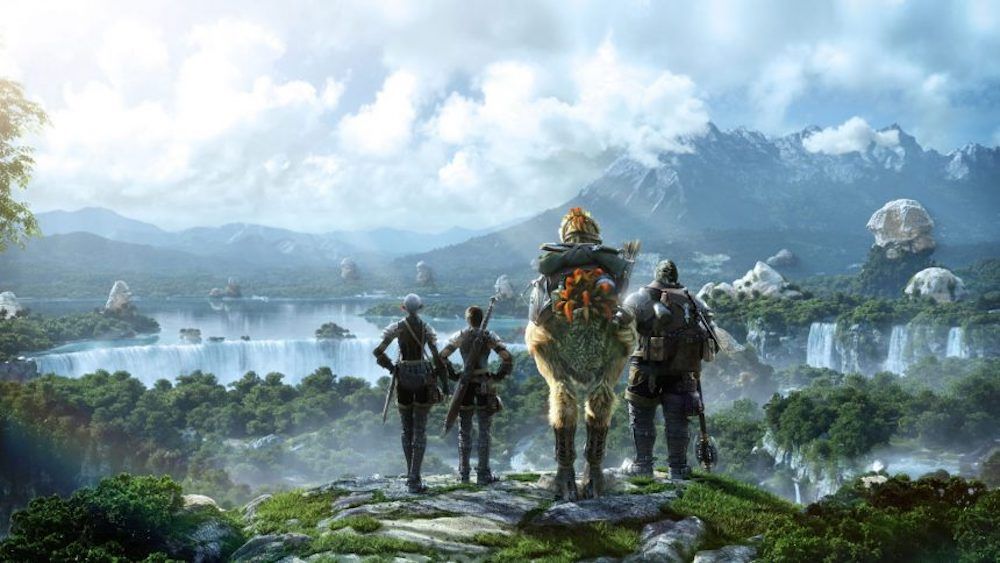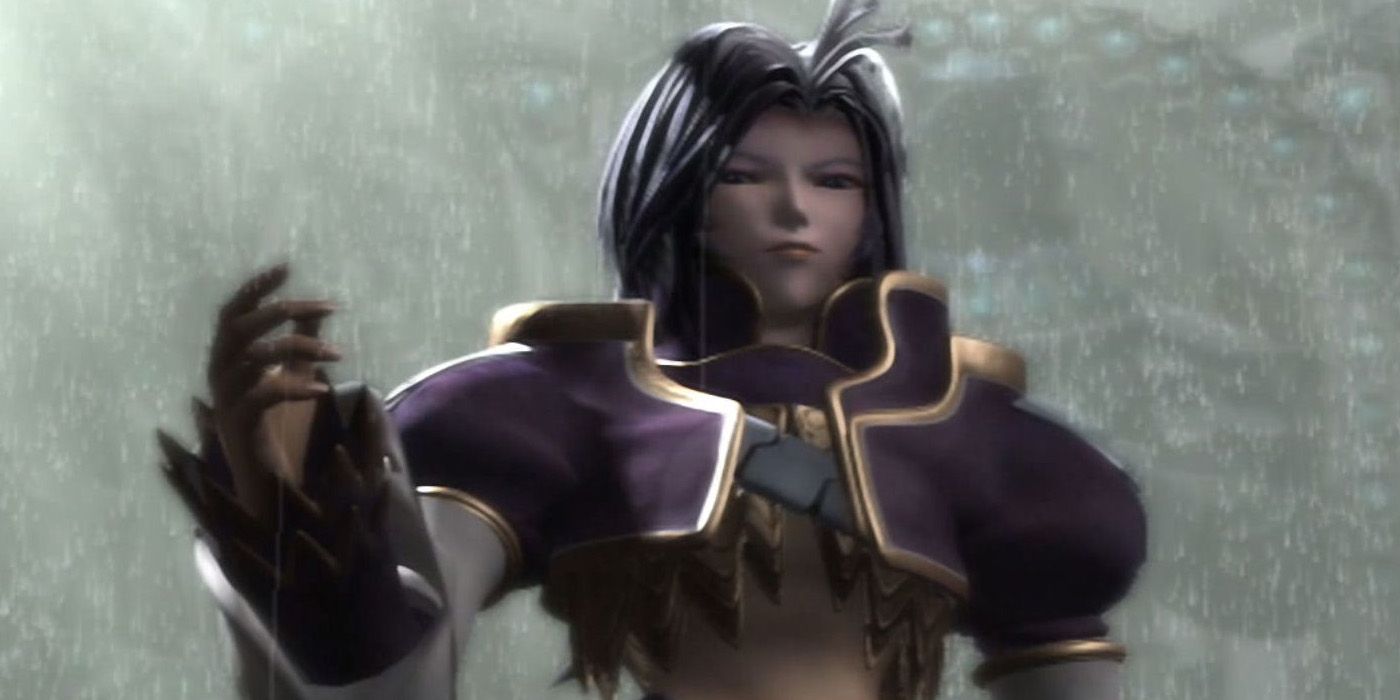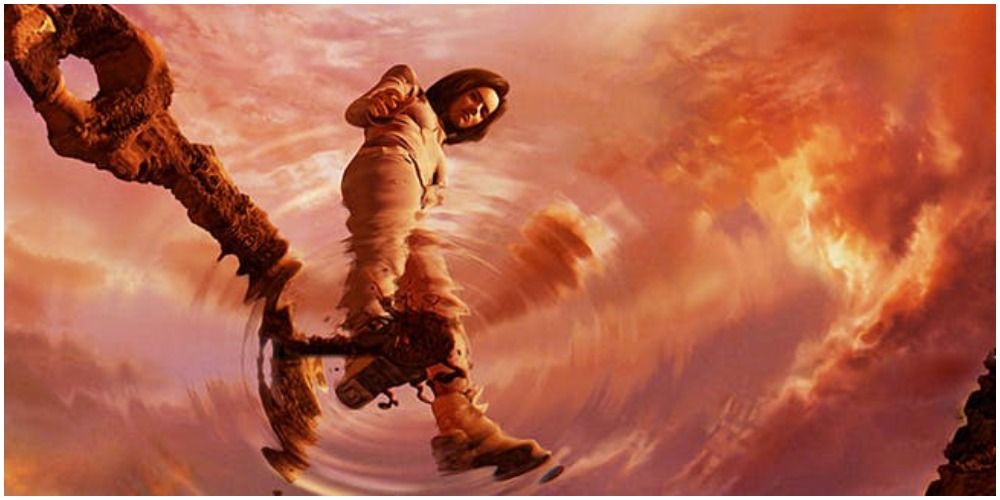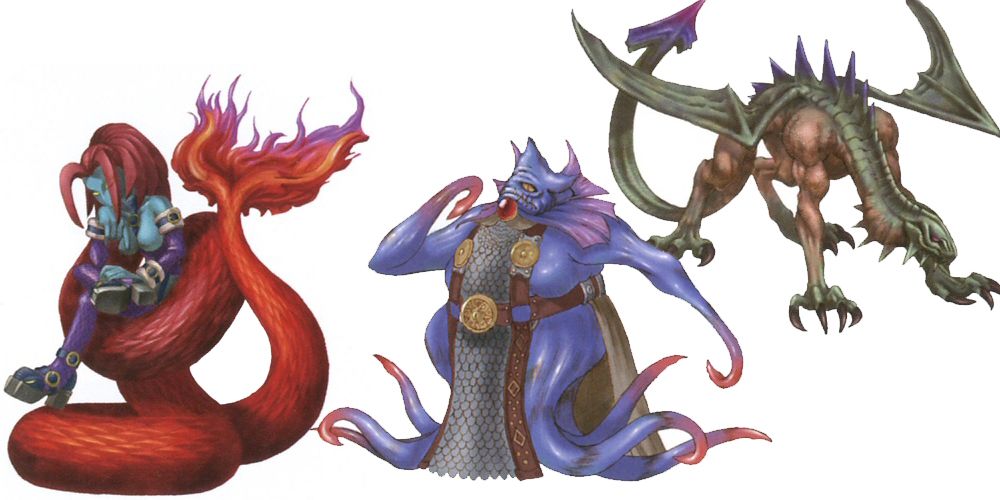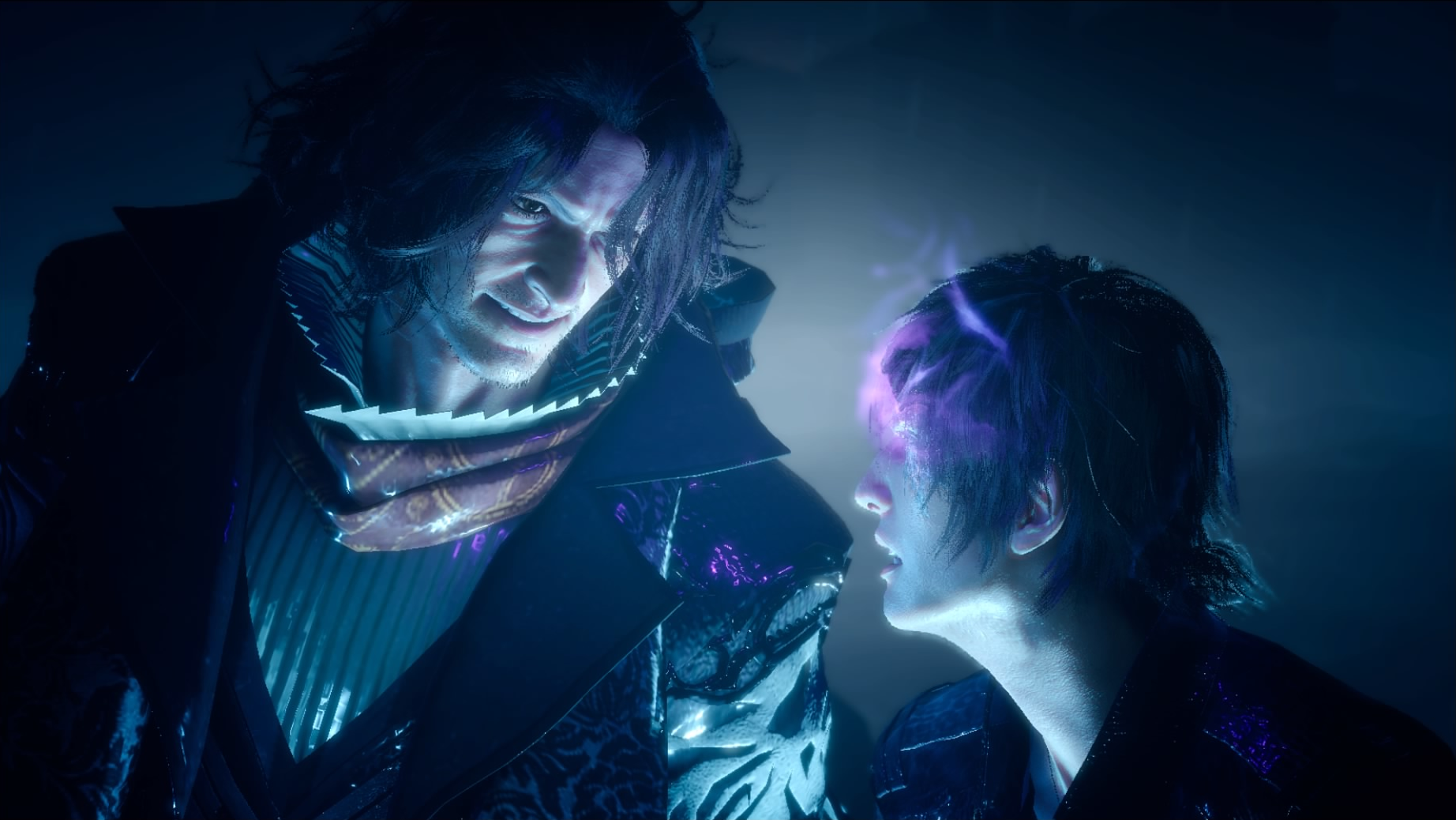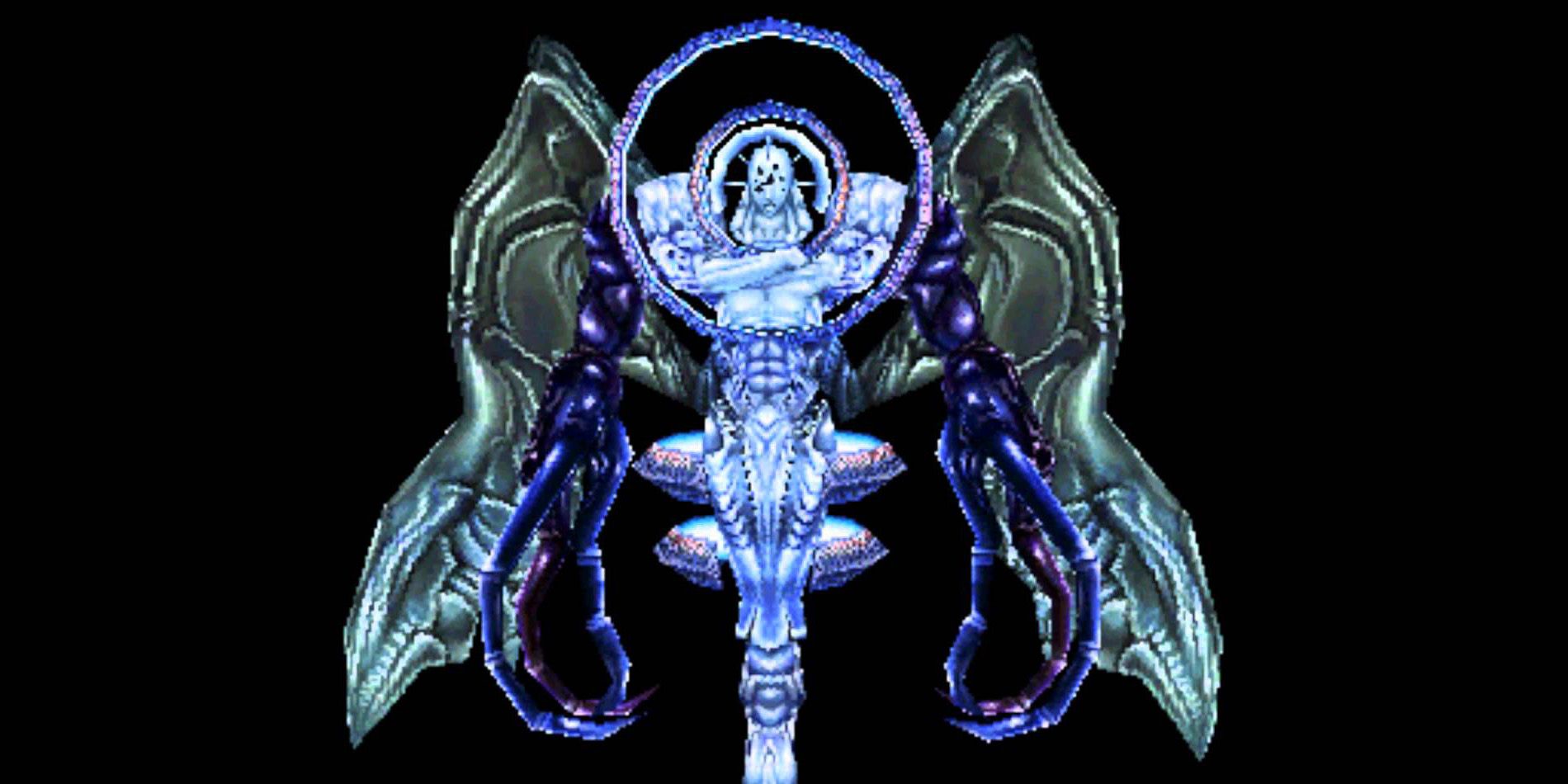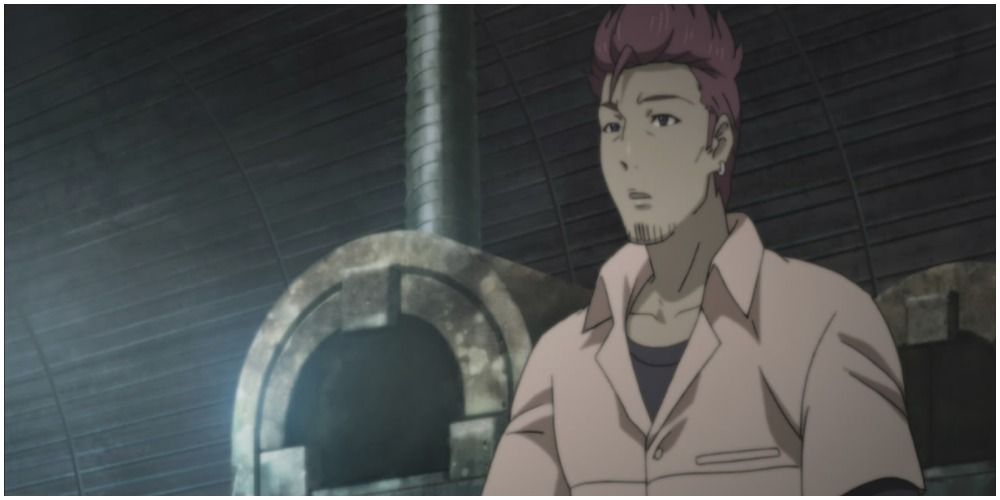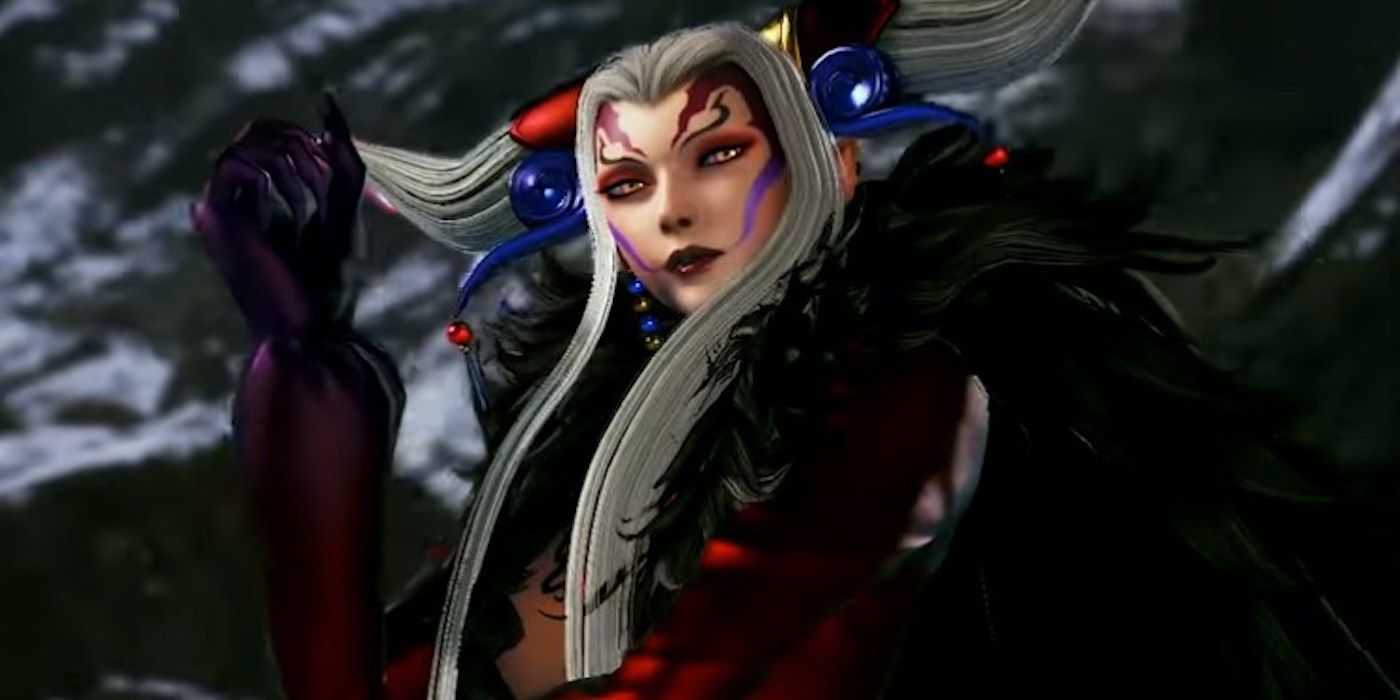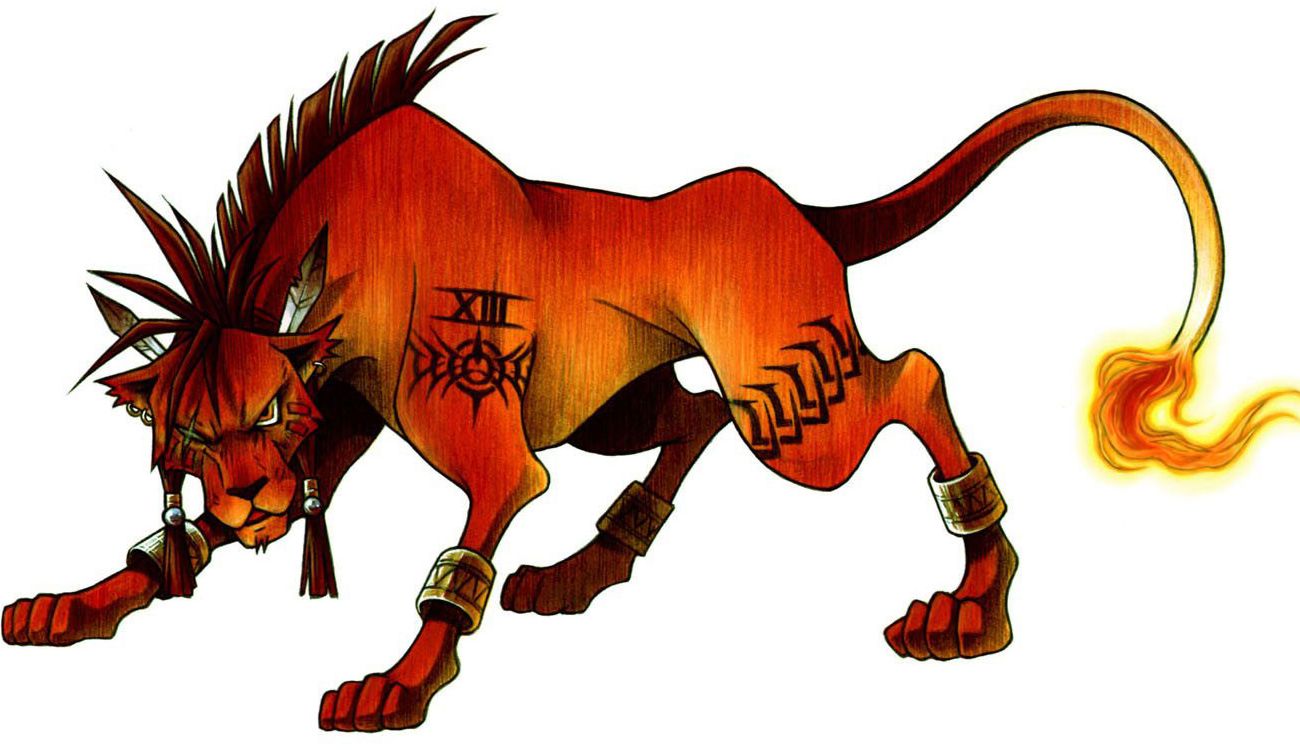The Final Fantasy fanbase is one of the most dedicated in the world. This is something that has extended to the works of Square Enix as a whole, as the Internet was once filled with forums discussing the Final Fantasy games, with each entry being dissected by a generation of gamers who had been given the biggest playground in the world, in which to talk about their fan theories.
It seems as if every entry in the Final Fantasy series has been thoroughly examined by gamers, with entire websites dedicated to the fan theories that have sprung up about the games.
As time went on, the people at Square Enix began to reveal more and more background information about the series, to the point where some of the fan theories were proven true.
There are also tidbits of data within the games themselves that have revealed pieces of the lore that the creators never intended to be seen.
We are here today to find out which of the Final Fantasy fan theories have been confirmed as being true; from the secret of Gladiolus' role in Final Fantasy XV to the truth behind how Red XIII lost his eye.
Here are the 20 Crazy Final Fantasy Fan Theories (That Were Actually Confirmed)!
The True Purpose Of Shield Of The King
The Final Fantasy XV version of Gilgamesh had a lot of cut dialogue that was discovered by the fans, some of which answered several questions as to his purpose.
The dummied dialogue revealed that Gilgamesh created the role of the Shield of the King specifically to protect the current monarch from Ardyn.
Gilgamesh was around during the life of the Founder King when Ardyn first succumbed to evil. This led to Gilgamesh sealing his own soul away so that he could pass on his powers to a future Shield of the King.
The connection between Gilgamesh and Ardyn's backstory was only hinted it at in the full version of the game, though fans had speculated that they were linked.
Gilgamesh's dialogue was likely removed in order to lessen spoilers for people who hadn't finished the game.
Cissnei The Spy
Cissnei was one of Zack's allies and friends in Crisis Core -Final Fantasy VII- and she helps him at several points throughout the game. They first encounter each other on the streets of Midgar, where Zack saves Cissnei from a Genesis clone.
The fact that Cissnei is a member of the Turks led many fans to believe that she was secretly spying on Zack on behalf of the Shinra Corporation, only to develop real feelings towards him as the story went on.
This is something that Zack also suspects throughout the game.
Cissnei's original secret mission was revealed in the Japan-exclusive Before Crisis -Final Fantasy VII-. She was chosen by Director Lazard to monitor Zack, as the higher-ups at Shinra were becoming wary about the loyalties of the top members of SOLDIER.
The Shared Universe Of VII & X
In 2017, Yoshinori Kitase was asked about several different Final Fantasy fan theories during an interview with Kotaku.
These included some of the most famous fan theories in the history of the Internet, such as whether Squall perished in Final Fantasy VIII and the rest of the game was just a hallucination, or whether it was possible to revive Aerith in Final Fantasy VII.
Kitase squashed all but one of the fan theories. The one that made the cut had already been confirmed in one of the old Ultimania guides, but it was still nice to see it confirmed during an interview.
The one fan theory that Kitase condoned was the one concerning Shinra from Final Fantasy X being the one who founded the Shinra Corporation in Final Fantasy VII.
This confirmed that both games took place in the same setting.
Firion Ended Up With Maria Instead Of Hilda
Maria from Final Fantasy II was the first female playable character in the series. It's possible that some of the Warriors of Light from the original Final Fantasy were also female, but the 8-bit sprites make it hard to tell.
Fans had speculated that Firion would end up in a romantic relationship with Maria after the events of the game, even though it was suggested that Princess Hilda was also in love with him.
The ending of the game is ambiguous on the matter.
One of the writers of Final Fantasy II (Kenji Terada) wrote a novelization of the game, called Final Fantasy II Muma no Meikyu, which confirmed that Firion and Maria did indeed hook up after the events of the game.
Seifer Was Inspired By Laguna's Movie
Seifer Almasy is one of the few gunblade users at Balamb Garden. This is an incredibly difficult weapon to wield, which is why there weren't any gunblade specialists in SeeD until Squall.
Seifer's style of fighting is looser than Squall's, to the point where he seems to swagger around the battlefield.
Fans had noticed similarities between Seifer's fighting style and the time when Laguna used a gunblade while making a movir, where he played a sorceress' knight and fought a dragon.
The Final Fantasy VIII Ultimania guide confirmed the connection between the two, as Seifer had seen Laguna's movie when he was a child and saw the idea of becoming a sorceress' knight as a romantic dream.
Ramza's Fate
Final Fantasy Tactics ends on an ambiguous note, as Ramza Beoulve is last seen fighting the end boss in another dimension. That dimension then proceeds to explode, with Ramza and his sister still inside.
Orran briefly sees Ramza and his sister in the real world, but we aren't sure if they are meant to be the same people, or if Orran is just seeing things out of grief.
Ramza's name was forgotten by history, which means that he never intervened in politics during Delita's reign, so his fate was left ambiguous.
Ramza's fate was finally confirmed by Yasumi Matsuno (the creator of Final Fantasy Tactics) in a Twitter post, where he stated that Ramza did indeed survive the events of the game and went 0ff to have adventures in a different land.
The Usurping Beavers
Moogles have been waging a war with chocobos for the title of official Final Fantasy mascot since the days of the Nintendo Entertainment System.
The chocobos debuted in Final Fantasy II, while the moogles first appeared in Final Fantasy III. This isn't to say that Final Fantasy II lacked cute animals, as beavers play a role in the story.
Guy was able to communicate with beavers and they gave him some vital information concerning the Goddess' Bell.
Fans had speculated that the beavers inspired the creation of the moogles. The truth is that the beavers actually usurped the moogles.
There is concept art for Final Fantasy II that shows that moogles were planned to appear, but they were replaced by beavers in the final version of the game.
Setzer's Fashion Statement
Final Fantasy VI was notorious for the number of glitches that were present in the game, to the point where it is often considered the buggiest game in the series.
There is a bug in Final Fantasy VI that fans originally believed was intentional.
When Setzer first joins the party, he is equipped with a bandana, even though he normally cannot equip them. If you remove the bandana, then Setzer cannot equip it again.
Fans came up with a joke theory that answers this, as they believed that Setzer was a fashionista and when he saw Locke wearing the same bandana, he decided that they were no longer cool.
The creators of Final Fantasy VI actually confirmed this theory in an interview with Game-On magazine, though they were likely just covering up for the glitch.
Vincent's Eternal Life
Vincent Valentine has often been accused of being a vampire, which is easy to believe, seeing as you first find him sleeping in a coffin.
While Vincent may not be a monster, but he does share some of their traits. Fans had speculated that Vincent is immortal, due to how he has retained his youthful appearance, despite his old age.
Vincent confirmed that he is immortal in On a Way to a Smile: Case of Nanaki, during a discussion with Red XIII.
This is due to the experiments that were performed on him by Hojo.
This revelation means that Vincent may still be alive in the future that was shown during the ending of Final Fantasy VII.
Edea's Magic Speech
Assassinating a head of state is an incredibly dangerous move, as they often the most well-guarded person in their country.
It seems that Edea wasn't worried about committing a capital crime when she put her hand through Vinzer Deling's body, as the crowd in attendance just cheered her.
There was no attempt to apprehend or attack Edea, except from the members of SeeD, who were already intending to assassinate her in the first place.
The reaction of the crowd seemed odd to many of the people who have played Final Fantasy VIII. Fans had speculated that the reason why the crowd cheered when Edea assassinated the president was due to her using magic to charm them.
This was confirmed in the Final Fantasy VIII Ultimania guide.
The Vagrant Story & Ivalice Connection
There are a few non-Final Fantasy games that are considered to be part of the series by some due to various tenuous connections in the lore.
Bahamut Lagoon and the two Bravely Default titles are often considered to be parts of the series, as they both started out as Final Fantasy titles before changing into a different game.
Vagrant Story is often considered to be part of the Final Fantasy series, as it has many references to the world of Ivalice.
This makes sense, as both Final Fantasy Tactics and Vagrant Story were created by Yasumi Matsuno.
Yasumi Matsuno once confirmed in an interview with Joypad that Vagrant Story was indeed set in Ivalice. He has since backed off these claims, though this might be due to the fact that he no longer works for Square Enix.
Kuja's Misplaced Childhood
Kuja is one of the most heartless villains in the Final Fantasy series. He was personally responsible for the destruction of several different kingdoms in the world of Final Fantasy IX, where he showed a total disregard for the lives of those who got in his way.
Fans had speculated that Kuja's lack of empathy may have something to do with the fact that he is an artificial being and that he was never given the chance to form bonds with people, in the same way that Vivi or Zidane was able to.
The Final Fantasy IX Ultimania guide confirmed this theory, as Zidane was created as a child, while Kuja was created as an adult.
This meant that Zidane was able to develop his emotions in a normal way, unlike Kuja, who did not learn to respect life until the very end.
The Identity Of The Eighth Spirit
The story of Final Fantasy: The Spirits Within involves the search for eight different spirits, as they can be used to stop the invasion of an alien race known as the Phantoms, who had been waging war against humanity for years.
It turns out that the eighth and final spirit is within Aki herself, as she was infected with Phantom particles.
There isn't much of a build-up to this reveal, which led fans to believe that there was some information that was being withheld.
The original ending for Final Fantasy: The Spirits Within was going to involve the revelation that the eighth spirit was Aki's unborn child, as she had recently rekindled a relationship with one of her old comrades.
This ending was disliked by test audiences, so it was changed into the final spirit being the one inside of Aki.
The Lost Fiends
The idea of battling four creatures that are based on the classic elements is something that has appeared in many different Final Fantasy games.
This idea dates back to the first Final Fantasy, where the player has to defeat a Lich (representing earth), a Marilith (representing fire), a Kraken (representing water), and Tiamat (representing wind).
In Final Fantasy IX, the party has to split up and take on the Four Fiends in groups. You only get to experience the battle against Lich, as the other three happen off-screen. The Four Fiends would reappear at a later point in the game, where you battled them.
Fans had speculated that you were supposed to experience the other Fiend battles but that they were cut or never implemented in time.
This was confirmed by the concept art of the game, showing unused designs for the Marilith, Kraken, and Tiamat battles.
Ignis Was The True Hero Of Final Fantasy XV
Episode Ignis was one of the three DLC packs released for Final Fantasy XV that focused on Noctis' three companions throughout the game.
Episode Ignis has a bizarre alternate ending, where Ignis offers his life to the Ring of the Lucii, in exchange for the power to defeat Ardyn.
Noctis is able to use the power of the Crystal to spare the life of his friend, which creates a new timeline, where Ignis keeps his eyesight, Prompto is never captured, and Noctis manages to defeat Ardyn without having to give his own life.
The Final Fantasy XV Official Works revealed that Ignis came up with a "secret plan" that managed to defy the will of the gods and allowed Noctis to achieve victory without losing his life.
This revelation proved what a lot of fans had been saying-- Ignis is meant to be the true hero of the story and not Noctis.
He somehow managed to save everyone (except for Lunafreya) with his sheer wits alone and still probably had enough time to come up with new recipes.
Necron Wasn't The Original End Boss Of Final Fantasy IX
Necron is one of the least-popular Final Fantasy villains, as he literally shows up out of nowhere, steals the spotlight from Kuja (who had been the villain throughout most of the game), and then disappears without a trace.
Fans were dissatisfied with Necron's lack of presence within the story, so there was a lot of speculation about him being a last minute replacement for someone else.
It turns out that fans were right, as there were two other candidates for the end boss position in Final Fantasy IX.
The first candidate actually appears in the game as a bonus boss, as Hades was planned to be the original end boss. There is concept art of the party fighting Hades in the final boss arena.
There is also concept art for another end boss, as it turns out that the original final boss was going to be the Grim Reaper.
This was scrapped for unknown reasons, though the creators may have felt that a battle against the Grim Reaper would have been a little on the nose in terms of explaining the themes of the game.
Johnny The False Soldier
The original PlayStation release of Final Fantasy VII was notorious for its inaccuracies and numerous grammatical errors. The character of Johnny may have suffered the most, as the bad translation gave a false impression of his backstory.
Johnny claimed to be a childhood friend of Cloud and Tifa in the English localization of the game, as well as being a member of SOLDIER.
Fans thought there was something fishy about this, as surely he would have played a bigger role in the game if he had such important links to the cast.
It turns out these suspicions were right, as the messed up dialogue was partly due to some text that was removed from the game.
Johnny was originally going to have a larger role during the Midgar section of the game, where he chewed out Cloud for being a childhood friend of Tifa's and thinking he was tough due to being in SOLDIER.
It was partly due to this removed text that the mistakes crept into the dialogue.
The Diminishing Power Of The Sorceress
The power of the sorceress is passed from woman to woman in the world of Final Fantasy VIII. This power grants the user mastery over magic, but that doesn't mean the sorceress is indestructible, as proven by the fact that three of them are defeated by members of SeeD in the game.
The party needs to travel to the future in order to defeat Ultimecia, who is said to be the most powerful sorceress of them all.
Ultimecia is a powerful end boss, but her magic is hardly impressive when you consider that she must have been inheriting power from centuries worth of sorceresses.
It turns out that the power of the sorceress weakens over time, though you would only know this if you hacked the game.
There is a dummied out piece of text in the information menu that reveals the truth concerning the power of the sorceress: it weakens each time it is passed.
The Fate Of Seymour's Mother
It is revealed in Final Fantasy X that the fayth of the aeon known as Anima was actually Seymour Guado's mother.
Those who discover the secret location of her fayth can learn about her backstory-- she took Seymour on the pilgrimage to Zanarkand and helped him to become a summoner. This taste of power is what corrupted the young Seymour and turned him to the path of darkness.
Fans were curious why a mother would give her life when she still had a young son who needed to be taken care of.
The most popular theory was that Seymour's mother was suffering from a terminal illness and wanted to help her son from beyond the grave.
The Final Fantasy X Ultimania Omega guide confirmed this theory, revealing that she wanted to help her son gain acceptance in Spira by being the one responsible for defeating Sin, even if it cost him his life.
An Eye For An Eye
It's difficult to tell from the primitive 3D models in Final Fantasy VII, but Red XIII only has one eye. If you look at the artwork in the manual, it's a lot easier to tell that his right eye is covered by a large scar.
Red XIII is encountered in the Japan-exclusive Before Crisis -Final Fantasy VII- where he has both of his eyes.
This means that there is a one year gap where he lost his eye, which just happens to be the period of time when Red XIII was a captive of the Shinra Corporation, leading fans to believe that Hojo may have been responsible.
It was revealed in the Final Fantasy VII 10th Anniversary Ultimania guide that Hojo was the one responsible for removing Red XIII's eye during the period of time when he was being held captive.
Red XIII makes a statement about having a score to settle with Hojo, which is actually a reference to the lost eye.
---
Can you think of any other Final Fantasy fan theories that were confirmed? Sound off in the comments!

